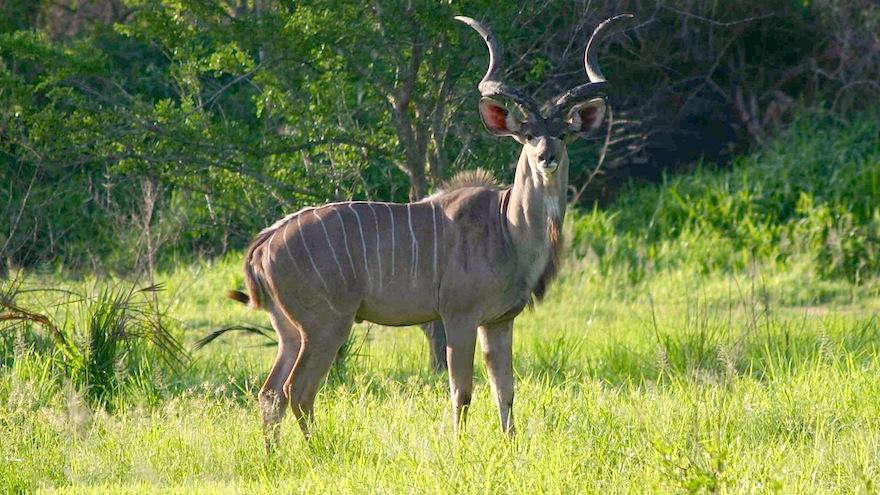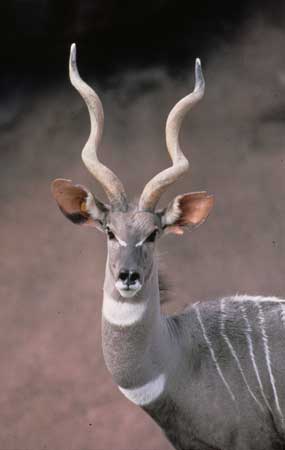From what I've seen you @Hank211 have hunted all over South Africa. I'm sure just from looking at videos of RSA hunts it strikes me as very different than what Hemingway was writing about. I also read "White Hunters: The Golden Age of African Safaris", that world of the early 20th to century till 1977 sounds different than what is practice in Southern Africa. I may be wrong since I've never been to Southern Africa (I've been to North Africa, and my wife has been all over the Africa, North, East, West, and South but that was all for work before we married and had children).
I'm in the planning stages of going on Safari, and I just want to know more about the experience and the animals. Kudu seems to be the animal everyone goes for. Even my country taxidermist has a Kudu shoulder mount on display in his shop from his trip to Africa. I even asked my wife if I got a Kudu where I could put it, she laughed and then walked to our stairwell and pointed out a spot it could go. Thus I think I'll try my hand at getting a Kudu.
What is considered by you veterans of African hunting a quality animal to take? I want the experience but if I'm going to save up and go, I want to bring back the best animal I can find. Should I look into RSA or Namibia for a Kudu hunt along with other plains game? Thank you for all that posted and shared.
@FallowJaeger, you pose interesting questions. Before answering, it would be helpful to attend to some definitional issues.
First, you use the term "quality animal". Secondly, you say "best animal".
While many of us might agree on what the terms mean, I know that many others of us would not. For me, a "quality animal" is any animal which has not been handled in the manner of livestock, and which can be hunted in a fair chase manner, even allowing for fences (properties large enough for the animal to live out the normal life and behaviour of such animals in the wild).
Equally, for me, the " best animal" is almost never the one with the biggest horns, or the largest mass, or whatever. I look for old animals which, while they might not have the best horns, have gotten old by being smart. Alone is better, and past breeding is best.
This is not to say that those who look to achieve a record, SCI or Rowland Ward, are not right. When I went elephant hunting, my goal was 50 pounds a side or better (which shows you the variety of responses you can get to your question). We all have goals, and mine include the nine spiral horned and the tiny ten, for example. If your goals include a 60" kudu, then by all means go for it.
I would say this though, by way of general advice. Look for a big property. Big is of course relative, but it has to be big enough for animals to live and die "naturally." There are so many BIG properties in South Africa and Namibia that you don't need to settle for a small property. And tell your PH that you want to hunt, not shoot, and that you want to get as close as possible to the animal. You will bust more stalks that way, but if you aren't focused on how many animals you can shoot in a day (as I was on my first safari to South Africa), the experience will be worth it.
I also recommend you not shoot from a vehicle, because that's not really hunting. I have done that and while it is legal in most of Southern Africa (depends a bit on the country and type of property), to me it's shooting (which is fine if that's what you want), but it's not hunting.
Good luck with the first hunt!




